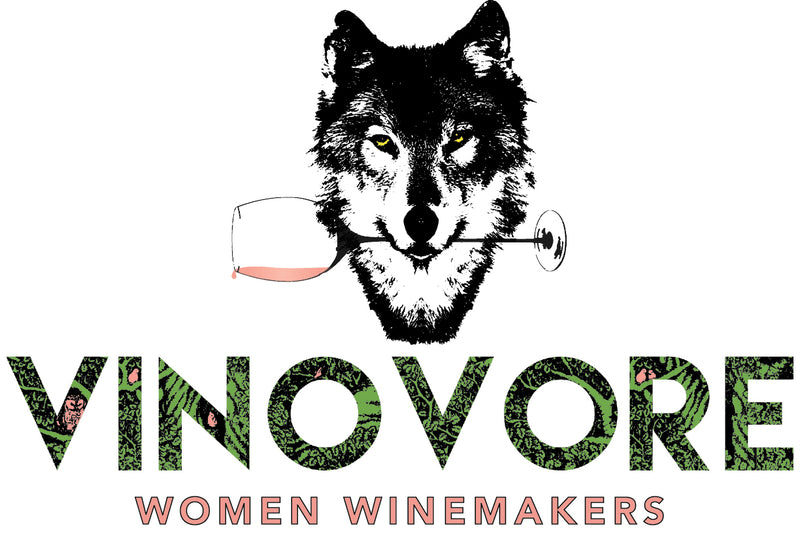So What Is Natural Wine?
Natural wine isn’t just a buzz word, it’s becoming a movement! But the important thing to remember is, this is not a new winemaking practice. In fact, it’s the ancient way of making wine that has continued to be in practice for many generations.
There is no certification process for Natural wine, so navigating it can be a bit tricky—not to mention controversial—as to what qualifies as Natural, to you. Wine is not just an extremely enjoyable beverage, it is a business, and as businesses grow, corners tend to be cut to maximize profits. Mother Nature doesn’t give us the same weather every year, so the only way for wine makers to make the same wine every year is to manipulate them. Natural wine is the way wine was initially made before all these additives, chemicals, pesticides, herbicides, yeasts and tricks to manipulate wines and farming came along.
The best way to start wrapping your head around the concept of Natural wine is to think of the term “Minimal Intervention.” This doesn’t mean that the winemaker doesn’t do much to make a great wine, more that they just don’t put any crap in it. There are more than 70 legal industry additives that can be added to your wine. Most wines in the market have at least a dozen. What ingredients are in natural wine you might ask? Pretty much just grapes. Most of us don’t want to put processed food in our body, so why should we with wine??
The steps to Natural Wine Making
Farming Organic- Organic wine is wine made from grapes grown in accordance with the principles of organic farming, which typically excludes the use of artificial chemical fertilizers, pesticides, fungicides and herbicides. Natural wine starts in the vineyard and although not all Natural winemakers are certified organic (money and red tape they may not want to deal with) they do indeed practice organic farming.
Biodynamic - Biodynamic agriculture is a form of alternative agriculture very similar to organic farming, but it includes various esoteric concepts drawn from the ideas of Rudolf Steiner (1861–1925). There’s a lot of strange and interesting practices that go along with this type of farming that are governed by the earths cycles. Homeopathic concoctions can be sprayed to combat certain enemies of the vine but everything is of course made from natural ingredients.
Sustainable - Sustainability refers to a range of practices that are not only ecologically sound, but also economically viable and socially responsible. This can be tricky though because even with a certification the grower does have the right to spray if the want to.
Harvesting- Many wineries, especially the commercial ones have these tractor type contraptions to harvest the grapes called Machine Picking. This was first introduced in the 1960’s and has gone over like gangbusters ever since. These harvesters can also lead to a lot of MOG - material other than grapes like snakes, bugs, snails and bird nests. As you can imagine the grapes are rattled and beat up a bit more, the vines can also be damaged. There are also exhaust that will be entering the air in the vineyard. It’s estimated around 75% of the wine world machine harvests. This method also eliminates the possibility of whole cluster fermentation and carbonic maceration. Natural wine producers pick grapes by hand.
Fermentation - Most winemakers use commercial yeast to inoculate fermentation that can actually enhance flavors or change certain characteristics in wine and influence taste. It is not the goal of the Natural winemaker to change and manipulate the flavor taking away from the varietal and soil itself. They instead use what we call “Native,” or “Indigenous,” yeasts for spontaneous fermentation. These are the yeasts that are living naturally on the grapes and in the air in the vineyard or winery. Native yeast can sometimes be a little bit more wild, feral and musty, which is why they aren’t as popular with commercial winemakers. The payoff of native yeasts can be beautifully complex wines.
Clarification, Fining & Filtration - Did you know wines could NOT be vegan? During the fining process many commercial wineries use agents such as fish bladder protein, egg whites, gelatin, casein, crustacean shells fiber or even bovine blood and marrow. Natural wine is generally unfiltered and unfined which is why it can have a murky or cloudy color. Some do go for a cleaner wine but of course without the use of chemicals or animal products. Fining occurs when absorbent substances are added to the wine to clarify it. For example, a wine maker might add clay that the unwanted particles will adhere to. This will force them to the bottom of the tank. Filtration occurs by using a filter to capture the larger particles in the wine. The clarified wine is then racked into another vessel and prepared for bottling or future aging. Sometimes the wine can just settle on its own with the sediment falling to the bottom of the aging vessel.
Bottling - Sulfites occur naturally in the wine making process and in all living things. There will always be a small amount even in Natural wines that are unsulphured. This is nature's preservative but indeed most all commercial wines and others add additional sulfur for stabilization. These added sulfates (along with other additives) can really mess with your system be a part of the cause for those nasty wine hangovers. Natural wines may be classified as NAS, no added sulfur or they may impart a little at bottling. Which is usually just a little rinsing of the bottle before the wine is filled.
